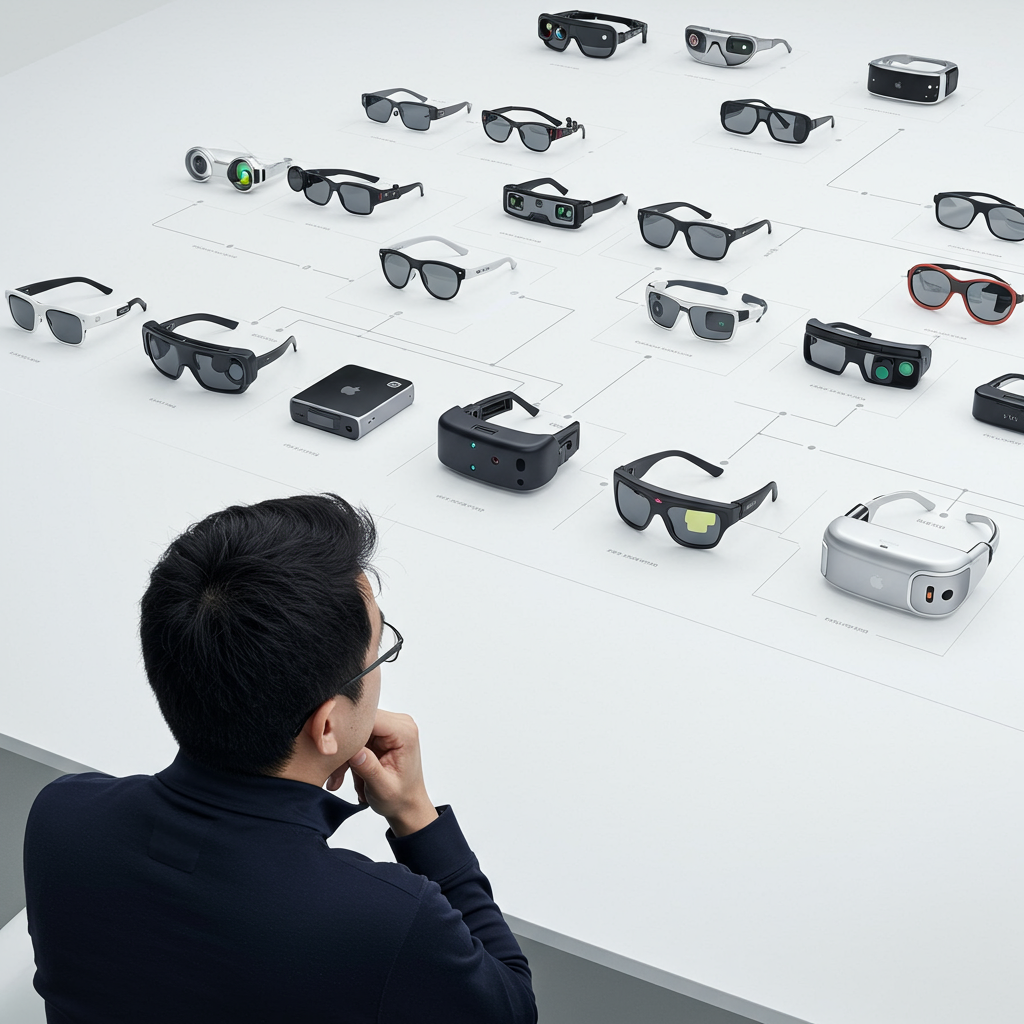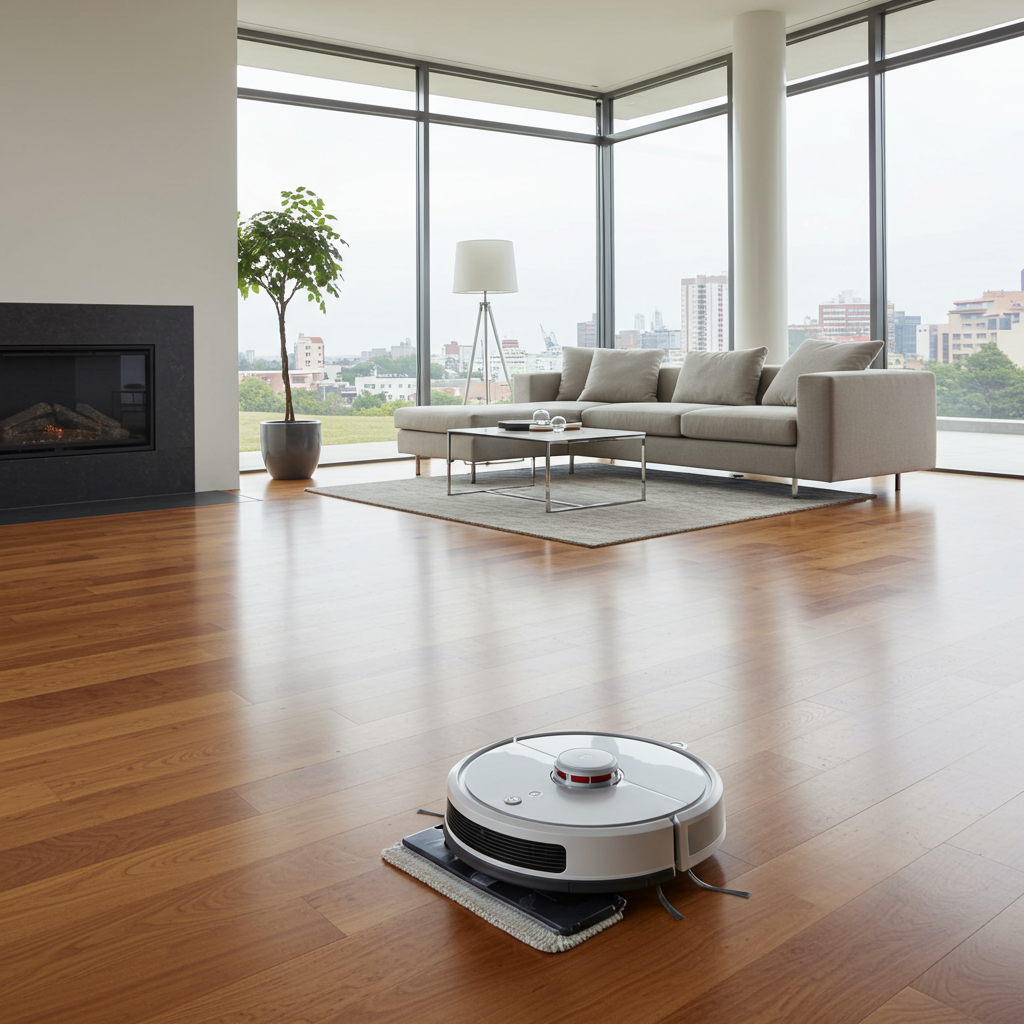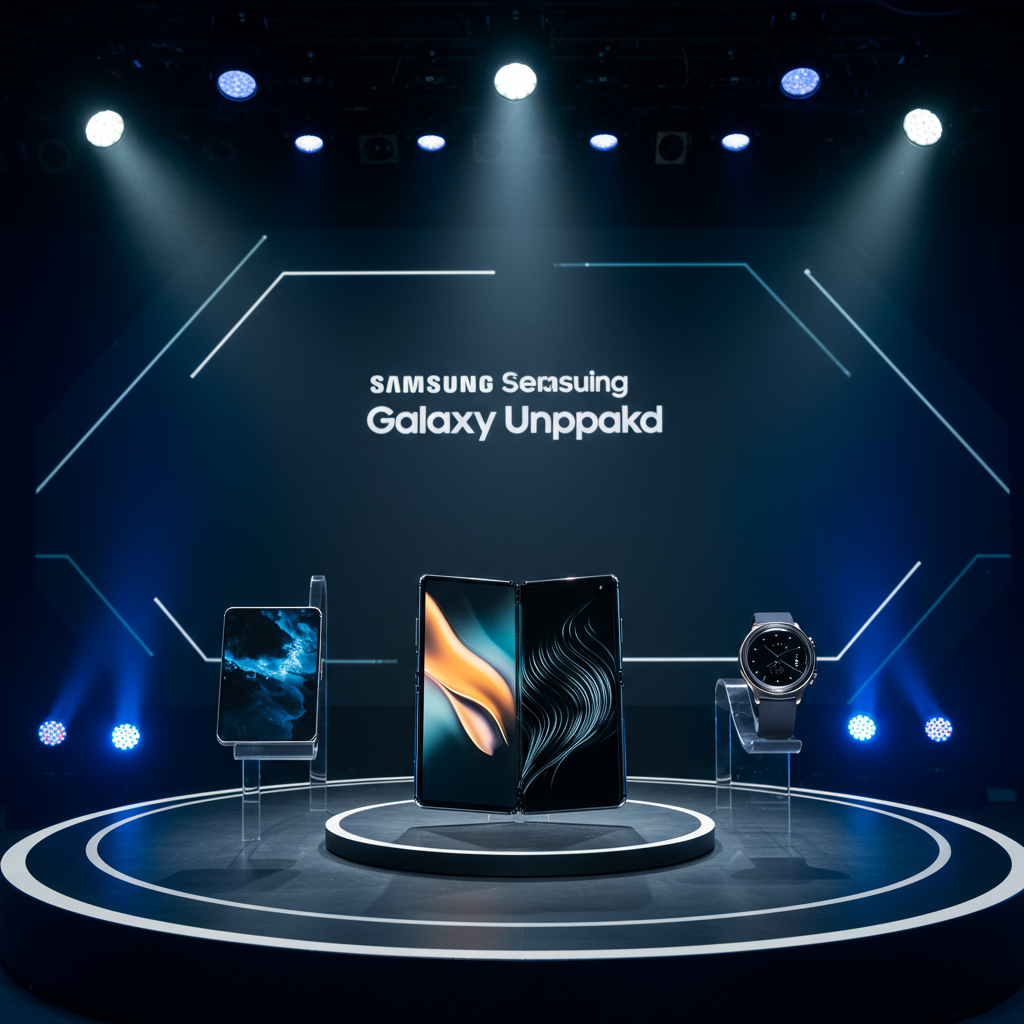Apple is reportedly charting an ambitious course for the future of personal technology, extending far beyond its current vision Pro headset. According to insights from respected Apple analyst Ming-Chi Kuo, the tech giant views head-mounted devices as the pivotal “next major trend” in consumer electronics. This strategic focus is said to involve an extensive pipeline of seven different products in development. The roadmap reportedly includes three distinct devices within the “Vision series” headset line and four varied “smart glasses” concepts.
Ming-Chi Kuo’s detailed analysis paints a picture of Apple systematically building out an ecosystem of wearable displays. This long-term vision aims to address different market segments and price points within the burgeoning spatial computing landscape. While the current Vision Pro has captured headlines, Apple’s plans suggest a much broader assault on this emerging category over the coming years.
Apple’s Vision Series Headsets: Evolution and Expansion
Apple’s immediate headset plans reportedly include updates and expansions to the existing Vision Pro family. The first iteration is described as a relatively minor upgrade focused primarily on performance.
Upcoming Vision Pro Updates
A refreshed version of the Apple Vision Pro is reportedly slated for mass production in the third quarter of 2025. This update is anticipated to be straightforward, primarily enhancing the processing power. Kuo suggests the main chip will be upgraded from the current M2 to a more powerful M5 processor. Other specifications are expected to remain largely unchanged for this specific model. This incremental update likely aims to improve performance efficiency without a significant redesign.
Further into the future, a more substantial overhaul of the Vision Pro is planned. This version is expected to feature a completely new design, a lighter body, and a reduced price point. However, this more significant upgrade is not anticipated to arrive until the second half of 2028 or later. This suggests Apple is planning a multi-generational approach to its flagship headset.
Introducing the Lighter Vision Air
Perhaps the most anticipated headset is one Kuo refers to as “Vision Air.” This model is reportedly being designed to be significantly lighter than the original Vision Pro, with mass production targeted for the third quarter of 2027. The “Air” designation implies a focus on comfort and portability.
Achieving the targeted weight reduction, potentially over 40% less than the Vision Pro, involves several design changes. Reports indicate the Vision Air will utilize fewer sensors, incorporate more plastic components instead of glass, and swap the current titanium alloy frame for magnesium alloy. Crucially, this lighter headset is also expected to be powered by Apple’s latest flagship iPhone processor, likely the A18 Pro or a subsequent generation. This strategic chip choice, typically found in iPhones, is key to enabling a “significantly lower price point” compared to the Vision Pro’s $3,499 cost, making it more accessible to a wider audience.
Apple Smart Glasses: Different Approaches to Wearable Tech
Beyond the immersive Vision series, Apple’s roadmap includes a distinct category of smart glasses, focusing on different use cases and form factors. Four variations are reportedly in development, exploring non-display and display-based designs.
Ray-Ban-Like Smart Glasses
One prominent model is described as a “Ray-Ban-like” product, reportedly entering mass production in the second quarter of 2027. Unlike headsets, these glasses are not expected to feature a built-in display. Instead, they will likely focus on augmenting audio, voice control, and environmental interaction.
Similar to existing products like the Ray-Ban Meta glasses, this Apple version is expected to include audio playback capabilities, voice command integration, and a camera for capturing photos or videos. A key differentiator mentioned for Apple’s design is the inclusion of a gesture recognition user interface. This allows users to interact with the device and ambient computing through hand movements.
XR Glasses with Displays
Another reported variant is referred to as “XR Glasses.” These are expected to include a LCoS (liquid crystal on silicon) display, offering some form of visual augmentation. Alongside the display, these glasses will also feature voice control and gesture recognition capabilities.
For the XR Glasses, the report emphasizes that advanced AI functionality will be “critical to product success.” This suggests the visual component, while present, might be enhanced or contextualized heavily by artificial intelligence understanding the user’s environment or tasks. The roadmap also hints at an additional variant within the smart glasses lineup with a later production timeline, indicating ongoing exploration in this category.
Strategic Outlook and Competitive Landscape
The ambitious nature of Apple’s rumored seven-device roadmap highlights the company’s long-term commitment to head-mounted devices. However, the timeline also suggests a measured, perhaps slow, approach to mass market adoption.
Timeline Implications
A key takeaway from the report is the absence of any major new product launches in these categories for the next two years. The 2025 Vision Pro update is characterized as a relatively minor iteration. This could mean Apple is taking its time to refine the technology, build out the developer ecosystem, and prepare manufacturing scale. It also gives competitors additional time in the market.
Competition and Market Position
Competitors, notably Meta with its Quest headsets and Ray-Ban Meta glasses, along with other players like Xiaomi entering the smart glasses space, already have products available or are moving quickly. Apple’s later timeline suggests it aims to learn from early market entries and potentially leapfrog current technology with more polished, integrated solutions across its hardware and software ecosystem. The diverse range of products – from high-end immersive headsets to lighter, more accessible glasses – indicates a strategy to address multiple facets of the spatial computing market simultaneously, albeit over several years.
The Case of the Halted Accessory
Interestingly, the report also notes that Apple has paused development on a specific “display accessory” designed to be cable-tethered to a Mac. While this project is currently on hold, the possibility of it being restarted remains open. This detail reveals Apple’s exploration of various form factors and use cases, including potentially more workstation-oriented applications for external displays linked to powerful computers.
Frequently Asked Questions
What types of head-mounted devices is Apple reportedly developing?
Apple is reportedly working on seven different head-mounted devices, according to analyst Ming-Chi Kuo. These fall into two main categories: the Vision series headsets (including upgrades to Vision Pro and a lighter Vision Air) and four variants of Apple smart glasses, some with displays and some without, focusing on audio, camera, AI, and gesture control.
When can we expect new Apple headsets or smart glasses to be released?
Major new head-mounted devices from Apple are not expected for at least two years, based on current reports. An updated Vision Pro with a processor upgrade is anticipated for mass production in Q3 2025. The lighter Vision Air headset and the “Ray-Ban-like” smart glasses are reportedly targeting mass production in Q3 2027 and Q2 2027, respectively. A more significant Vision Pro redesign isn’t expected until H2 2028.
What are the key differences between Apple’s planned Vision Air headset and the Vision Pro?
The rumored Vision Air is designed to be significantly lighter than the Vision Pro, potentially over 40% less weight. This is achieved through using fewer sensors, more plastic and magnesium alloy (instead of titanium). It’s expected to be powered by a flagship iPhone chip (like the A18 Pro) rather than an M-series chip. These changes aim for increased comfort and enable a “significantly lower price point” compared to the premium Vision Pro.
Conclusion
Apple’s reported roadmap for smart glasses and headsets reveals a long-term, multi-pronged strategy to dominate the spatial computing era. By planning a diverse lineup spanning high-fidelity immersive experiences (Vision Pro) to lighter, more integrated wearable tech (Vision Air, smart glasses), Apple is positioning itself to address various consumer needs and price points over the next decade. While competitors may currently hold a lead in product availability, Apple appears to be meticulously planning its ecosystem, leveraging its strengths in silicon design, software integration, and user experience to build a comprehensive offering. The coming years will be crucial in watching how this ambitious vision unfolds and impacts the future of wearable technology.
Word Count Check: 1060




